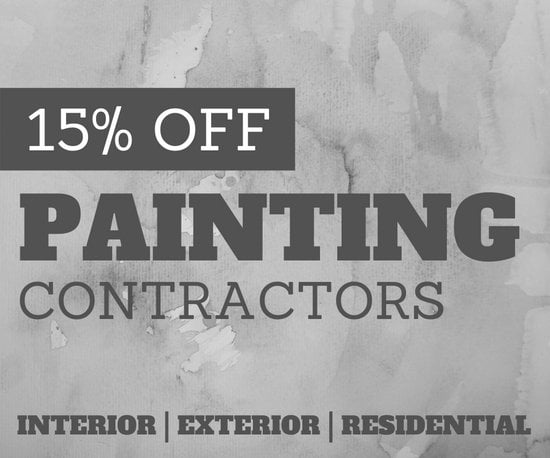Discover How Seasonal Influences Can Impact The Performance Of Business Outside Paint And Figure Out The Most Positive Times To Guarantee Durable Outcomes For Your Job
Discover How Seasonal Influences Can Impact The Performance Of Business Outside Paint And Figure Out The Most Positive Times To Guarantee Durable Outcomes For Your Job
Blog Article
Writer-Fox Whalen
When you're planning a business exterior paint job, seasonal elements can make or break your outcomes. You'll want to take into consideration how temperature and moisture effect paint application and drying times. Selecting the right season can guarantee your paint sticks appropriately and lasts longer. But which periods are absolutely the best for this type of job? Let's discover the crucial elements that can impact your job's success.
The Influence of Temperature on Paint Application
When you're planning a business exterior painting task, the temperature level can dramatically impact exactly how well the paint adheres and dries out.
Ideally, you want to repaint when temperature levels range between 50 ° F and 85 ° F. If it's also cool, the paint may not cure correctly, resulting in concerns like peeling or cracking.
On the other hand, if it's too hot, the paint can dry too rapidly, stopping correct bond and causing an unequal surface.
You need to also consider the time of day; early morning or late afternoon supplies cooler temperature levels, which can be more beneficial.
Constantly examine the supplier's suggestions for the certain paint you're utilizing, as they frequently supply advice on the suitable temperature level range for optimal results.
Moisture and Its Impact on Drying Times
Temperature level isn't the only environmental aspect that influences your industrial external painting task; moisture plays a considerable duty as well. High humidity degrees can slow down drying times substantially, influencing the overall quality of your paint work.
When the air is saturated with wetness, the paint takes longer to heal, which can lead to problems like poor bond and a higher danger of mildew growth. If you're repainting on a particularly humid day, be planned for extended delay times between layers.
It's critical to check local weather and plan appropriately. Ideally, go for humidity degrees between 40% and 70% for optimum drying.
Keeping these consider mind ensures your project stays on track and delivers a long-term coating.
Best Seasons for Commercial Exterior Paint Projects
What's the most effective season for your business external paint tasks?
Springtime and very early autumn are normally your best bets. Throughout these periods, temperatures are light, and humidity degrees are usually lower, producing suitable problems for paint application and drying out.
Avoid summer's intense heat, which can trigger paint to completely dry too rapidly, resulting in bad attachment and coating. Similarly, wintertime's cool temperatures can impede correct drying and curing, running the risk of the durability of your paint work.
Go for https://www.express.co.uk/life-style/property/1660518/House-property-sales-common-paint-colour-to-avoid-ifl with temperatures between 50 ° F and 85 ° F for optimum results. https://indoorpaintersnearme32109.weblogco.com/34445107/illuminating-the-transformative-power-of-house-painters-find-exactly-how-they-can-transform-your-home-into-an-impressive-masterpiece-with-their-awe-inspiring-abilities in mind to inspect the local weather forecast for rainfall, as wet problems can ruin your task.
Preparation around these factors ensures your painting project runs efficiently and lasts much longer.
Final thought
To conclude, planning your business external painting jobs around seasonal considerations can make a substantial difference in the result. By organizing job throughout the optimal temperature levels and humidity levels, you'll guarantee much better bond and drying times. Keep in mind to watch on regional weather prediction and choose the correct time of year-- spring and early autumn are your best choices. Taking these steps will aid you achieve a durable and specialist surface that lasts.
